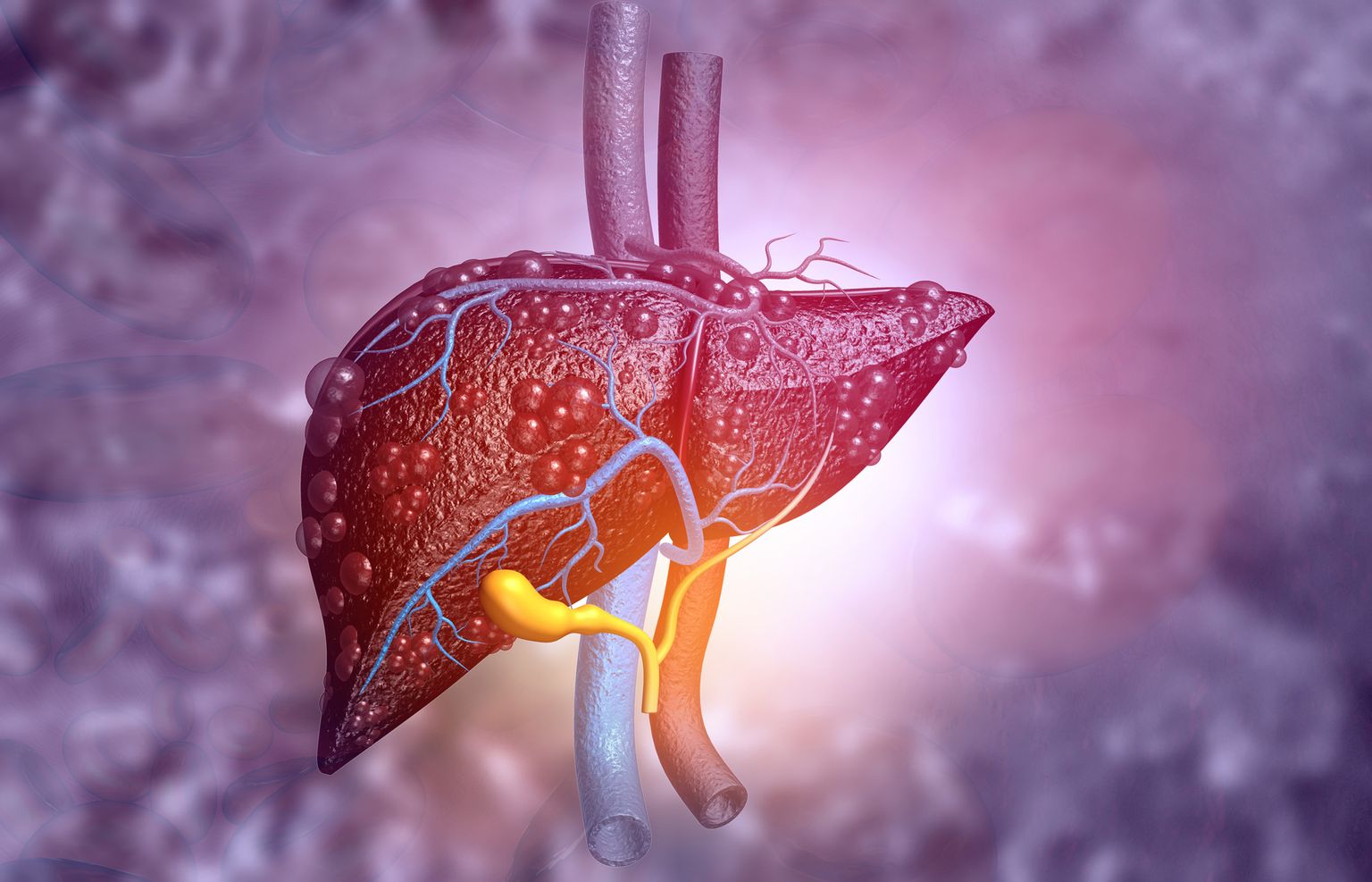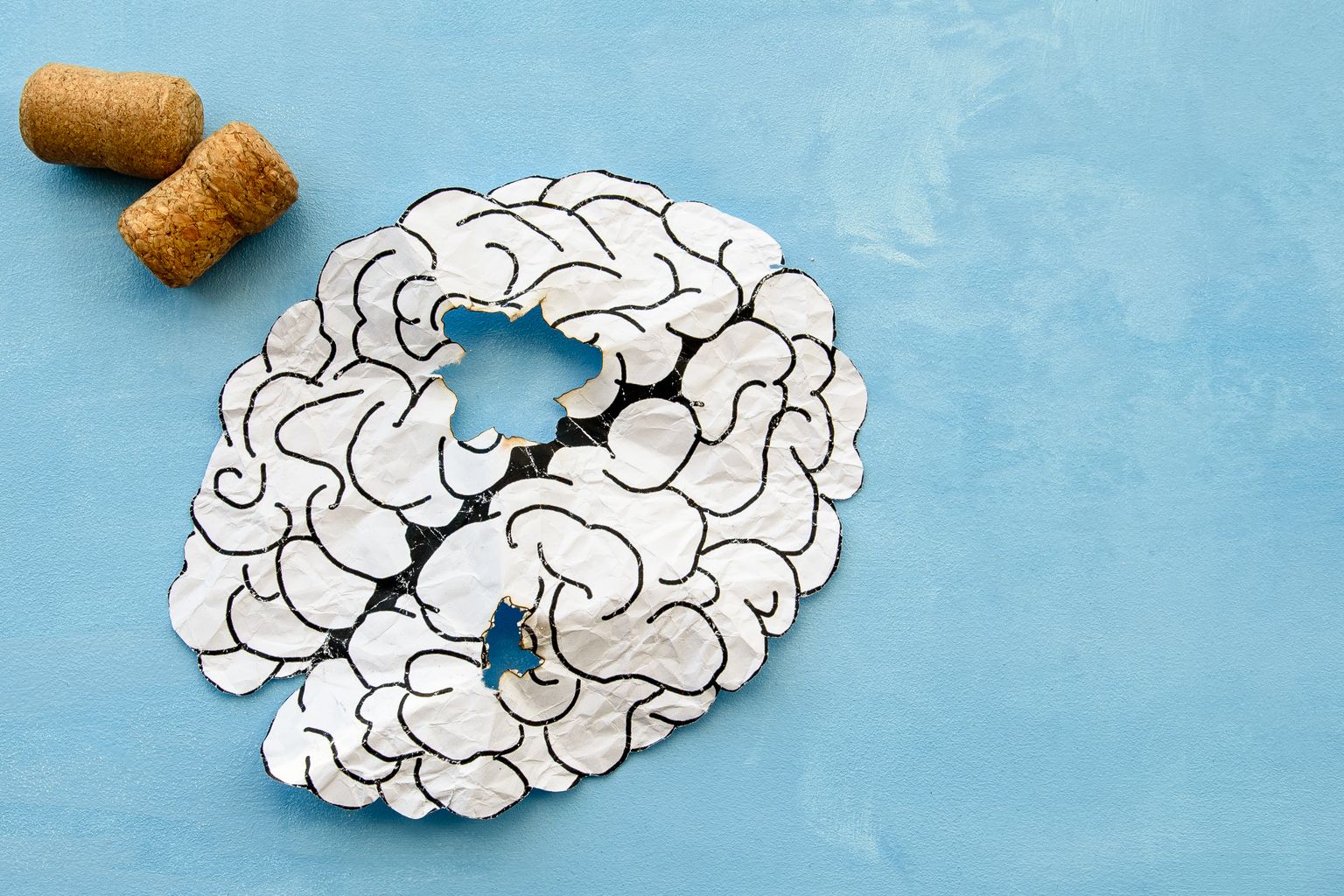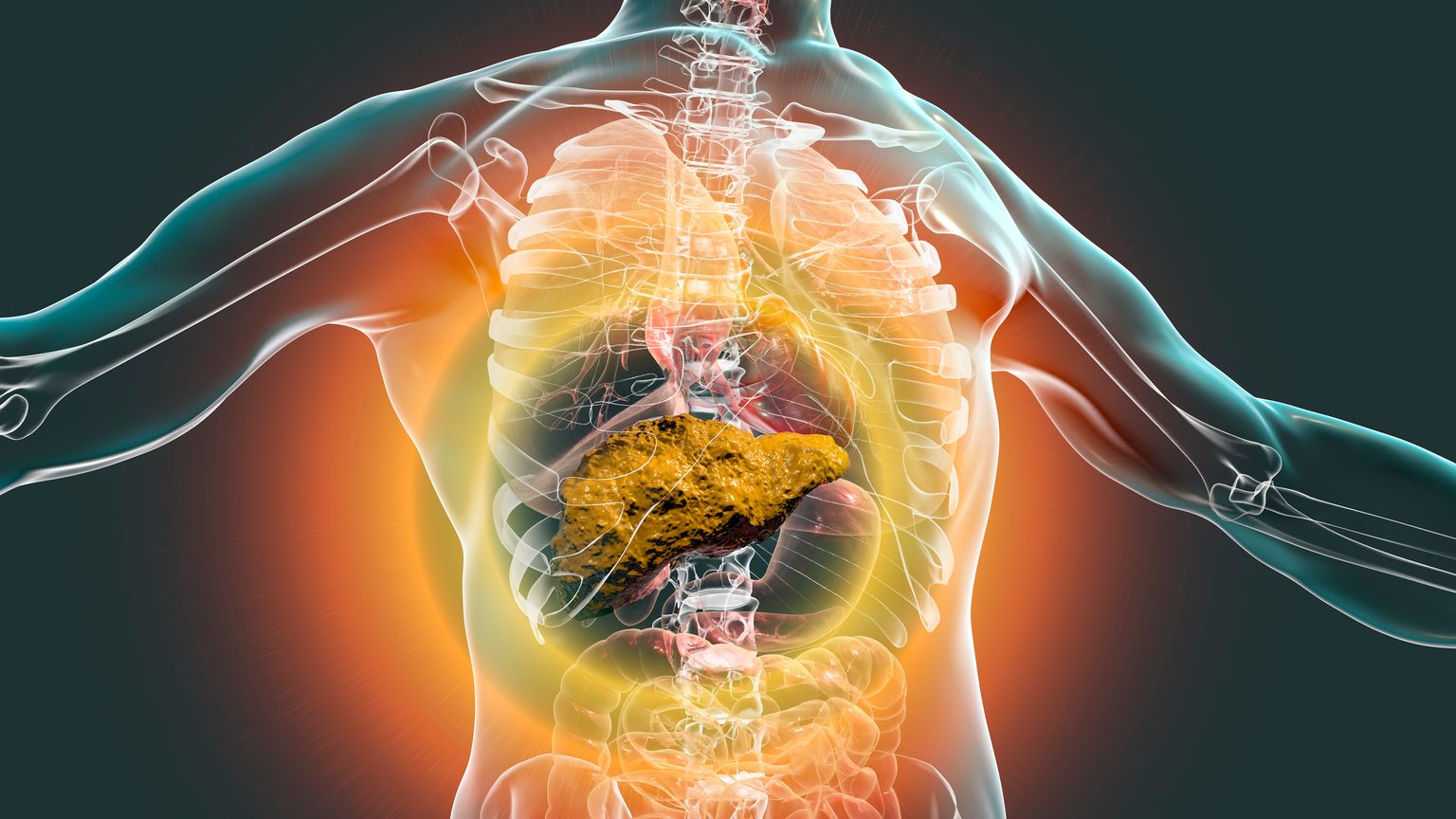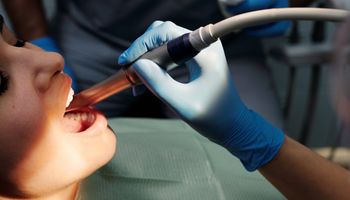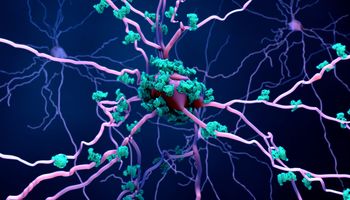How is alcohol absorbed and processed in our body?
Alcohol is absorbed throughout the digestive tract. Even the oral mucosa absorbs small amounts of ethanol. The part absorbed through the oral mucosa passes directly into the bloodstream, while the part absorbed through the stomach or intestinal mucosa first passes through the liver. The liver breaks down some of the ethanol, which reduces the amount that passes into the bloodstream. In the liver, alcohol is broken down to ethanal by alcohol dehydrogenase, an enzyme. Ethanal is then converted to harmless acetic acid by acetaldehyde dehydrogenase. The harmful part of alcohol breakdown is the intermediate product ethanal. This is also responsible for the hangover the next morning. Furthermore, its breakdown is inhibited by sugar, which is why the hangover is particularly bad with sweet alcoholic drinks (mixed drinks, liqueurs, sparkling wine).
It is important to mention here that all alcohol consumption is harmful to the liver, because the breakdown of alcohol always takes place in the same way and therefore ethanal is produced every time the liver detoxifies, which damages the liver. However, as the human liver has a sensational regenerative capacity, also known as the Prometheus effect, longer periods of abstinence from alcohol can contribute to the regeneration of the liver. Only when 80-90% of the liver tissue has been destroyed can it no longer regenerate.
In the brain, alcohol acts as a cell poison that affects neurotransmitters, i.e. messenger substances. Neurotransmitters are essential for communication between the individual cells in the brain. Reaction and perception are influenced by ethanol. It also has a rewarding, euphoric, relaxing and anxiety-relieving effect on our brain. If too much is consumed, the effect can also be narcotic.

